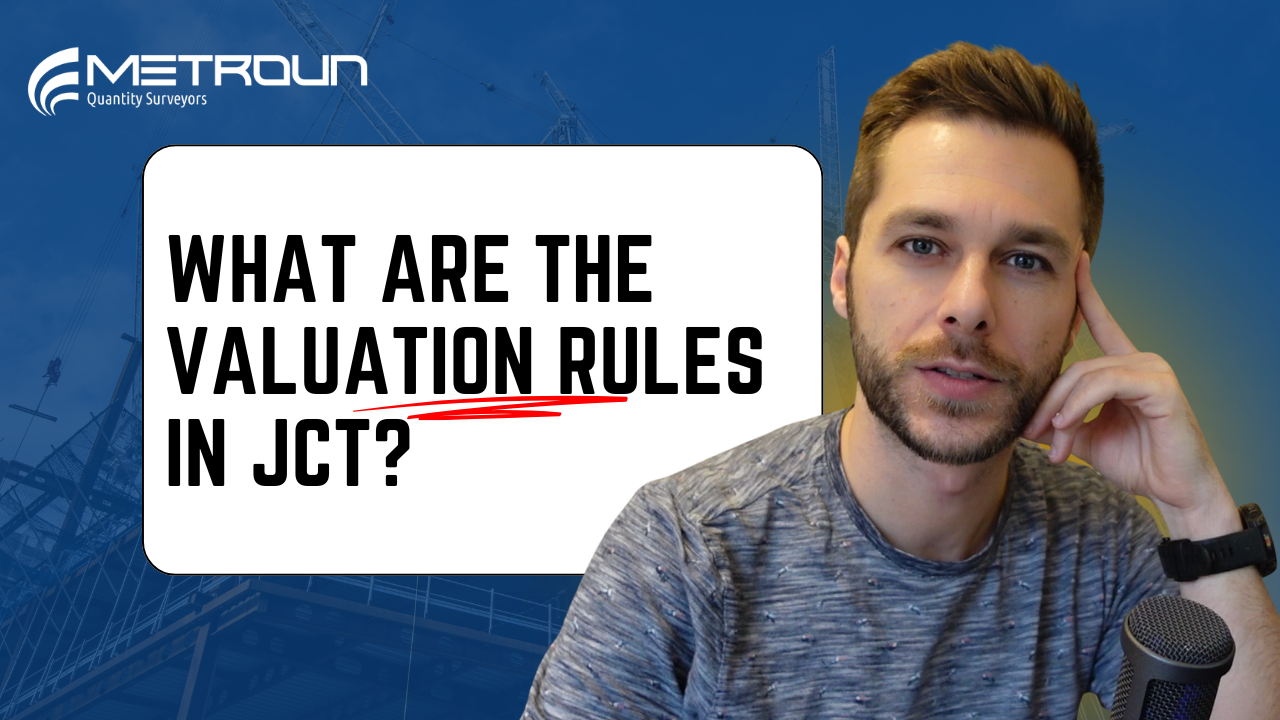Critical Path Analysis (CPA), also known as the Critical Path Method (CPM), is a key project management technique used across the construction industry. It helps map out every essential task in a project, determines how long each task will take, and identifies which tasks are dependent on others. The ultimate goal? To create a realistic programme for delivery and effectively track progress.
Why Is Critical Path Analysis Important?
Every project is made up of a web of interconnected tasks, some critical, some more flexible. CPA allows project managers and quantity surveyors to identify which activities must be completed on time to avoid delays in the overall programme.
By highlighting the most time-sensitive tasks, CPA supports more informed decisions around scheduling, resourcing, and risk management.
How Critical Path Analysis Works
CPA is all about visualising the relationships between tasks. It distinguishes between:
- Critical tasks – Activities that directly impact the project’s timeline. If delayed, they delay the whole project.
- Non-critical tasks – Still important, but they have a degree of flexibility, known as float. These tasks won’t immediately affect the overall completion date if delayed slightly.
By focusing on the longest sequence of dependent activities, CPA reveals the “critical path”—the sequence that defines the minimum project duration.
Steps to Perform Critical Path Analysis
There are various techniques and software tools used to perform CPA, but here’s a common step-by-step method to get started:
1. List All Project Tasks
Begin by listing every task involved in the project. Include a unique ID, a brief description, and an estimated duration for each.
2. Identify Task Dependencies
Map out which tasks depend on others. For instance:
- Task D might depend on the completion of Task A.
- Task B could run concurrently with Task A.
- Task F may rely on Tasks A, D, and E being completed.
3. Build a Network Diagram
Create a diagram where each task is represented in a box or circle. Arrows are used to show task dependencies.
4. Input Task Durations
Add the estimated duration to each task box or circle in your diagram.
5. Find the Critical Path
This is the longest sequence of dependent tasks.
- The first activity starts at time 0.
- Each subsequent activity’s start time is the end time of its predecessor.
- The total duration of the critical path gives the shortest possible time to complete the project.
6. Calculate Float
Float (or slack) is the amount of time a task can be delayed without impacting the overall project timeline. Tasks on the critical path will always have zero float.
Advantages of Critical Path Analysis
- Identifies which tasks can run in parallel
- Pinpoints the most time-sensitive elements of a project
- Visualises the workflow through a network diagram
- Offers a clear, documented procedure for project planning
- Improves communication of schedules, deadlines, and performance expectations
Disadvantages of Critical Path Analysis
- Doesn’t factor in workforce scheduling
- Activity durations can be difficult to predict accurately
- Can be complex for large-scale projects with thousands of tasks
- Doesn’t account for plant or resource allocation
- Requires precise calculations to be truly effective
Final Thoughts
Understanding CPA is essential for anyone working in project-based environments—especially Quantity Surveyors, who often contribute to programme assessments and monitor progress. While the method isn’t perfect, it provides a structured and logical framework for managing time-critical activities.
For those preparing for interviews, working towards their APC, or just looking to sharpen their project planning skills, mastering Critical Path Analysis is a valuable step in becoming a more effective construction professional.











